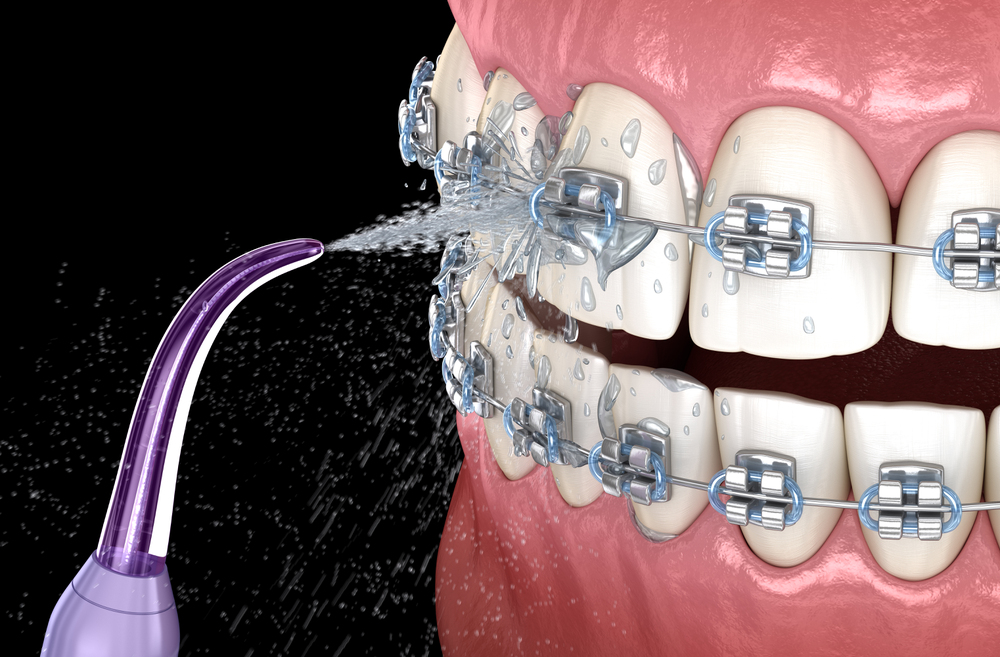If you’ve been looking for a way to keep your teeth and gums extra clean, you may have heard about water flossers. Our dentist in Naperville, IL, might even recommend one to you! But are water flossers a good substitute for traditional string floss? Or should you be using both for the best results? Let’s dive in and find out!
Do you have questions about oral care products or your at-home hygiene routine? Thomas F. Brown, DDS, can help you determine what works and what doesn’t. So, give our dental office in Naperville, IL, a call at (630) 369-3120 to get personalized advice now!
What Are Water Flossers?
Water flossers are handheld devices that use a steady stream of pure water to clean between your pearly whites and along the gumline. These oral irrigators work by blasting away food particles, plaque, and bacteria.
Unlike string floss, which you have to move up and down manually, water flossers do most of the work for you.
Are Water Flossers as Good as Traditional Floss?
Water flossers are fantastic for improving oral hygiene, but they don’t always remove plaque as effectively as traditional string floss.
String floss scrapes plaque directly off the surface of your teeth, while water flossers mainly rinse away loose debris. This means that while water flossers are great, they might not fully replace traditional floss for everyone.
Who Benefits Most from Water Flossers?
Water flossers are especially helpful for people who struggle with string floss. This includes:
- People with dental implants, braces, or tight spaces between teeth
- Those with arthritis or limited hand mobility
- Individuals with sensitive gums who find string floss painful
If you fall into any of these categories, a water flosser can make flossing much easier and more comfortable!
Should You Use Both Water Flossers and String Floss?
There is some evidence to suggest that water flossers are as effective as string floss at removing interdental debris. However, for the absolute best results, our Naperville dentist recommends using both.
String floss is great for scraping off plaque, while water flossers help rinse away bacteria and food particles that string floss can’t reach. Think of it like washing a car – you wouldn’t just rinse it with water and call it clean. You’d scrub it, too! Using both tools gives your mouth the best of both worlds.
How to Use a Water Flosser Correctly
Using a water flosser is simple, but a few tips can make it even more effective:
- Fill the reservoir with fresh, warm water.
- Start with the lowest pressure setting.
- Aim the tip at your gumline and trace the outline of each tooth.
- Use it before or after brushing for a complete clean.
Should You Get a Water Flosser? Ask Our Naperville, IL, Dentist!
If you’re looking for an easier and more comfortable way to floss, water flossers are a great option. They help keep your teeth and gums healthy and are especially useful for people with braces or sensitive gums. But if you want the best oral health possible, don’t ditch the string floss just yet. Using both tools together is the ultimate way to keep your smile fresh and clean!
Looking for more dental tips? Ask our dentist in Naperville, IL, for personalized advice on your flossing routine. Call (630) 369-3120 or click here for appointments, information, and more from Thomas F. Brown, DDS!

